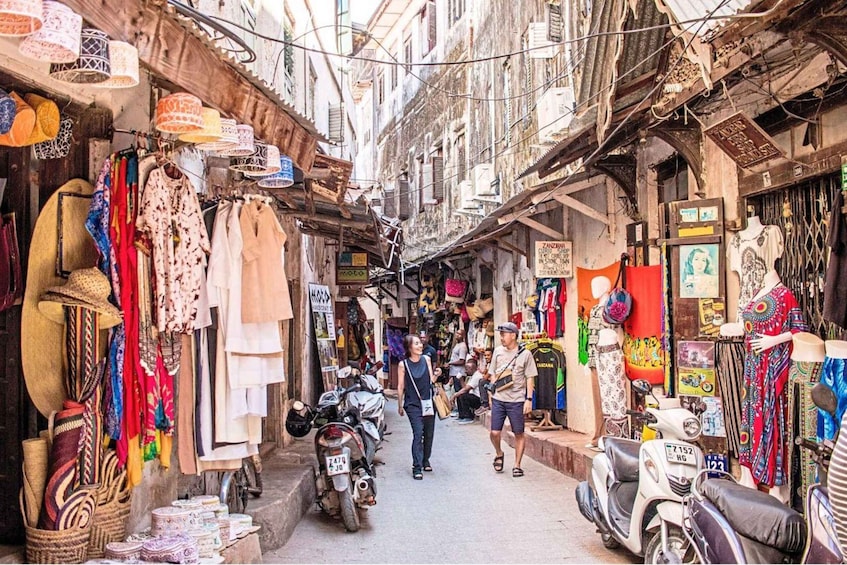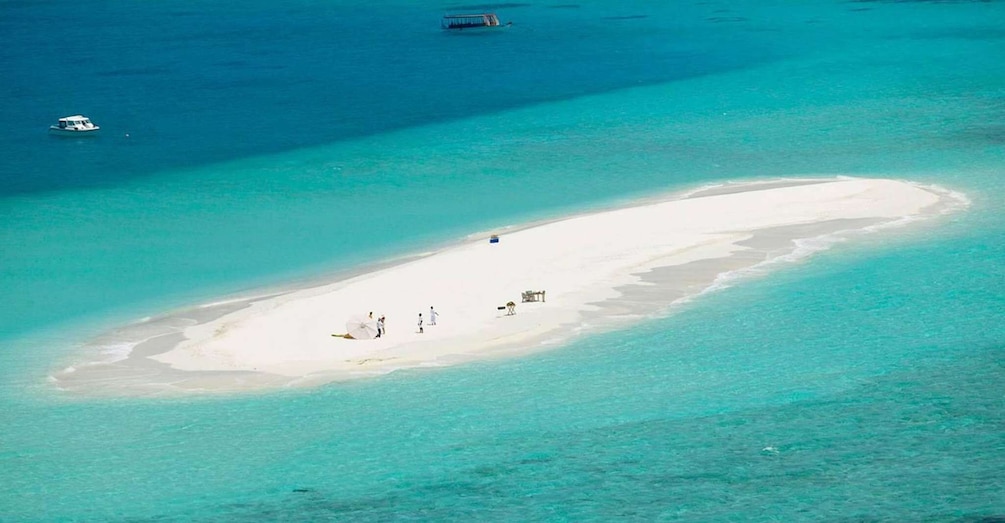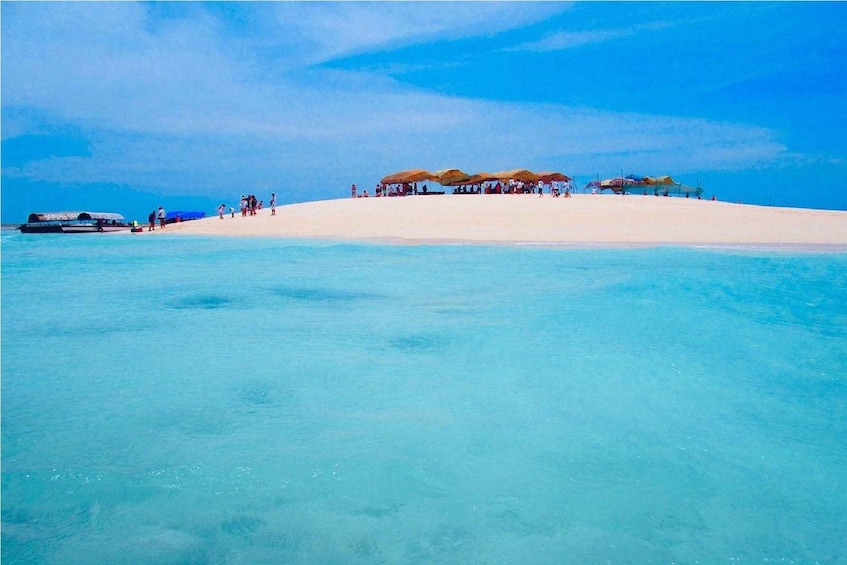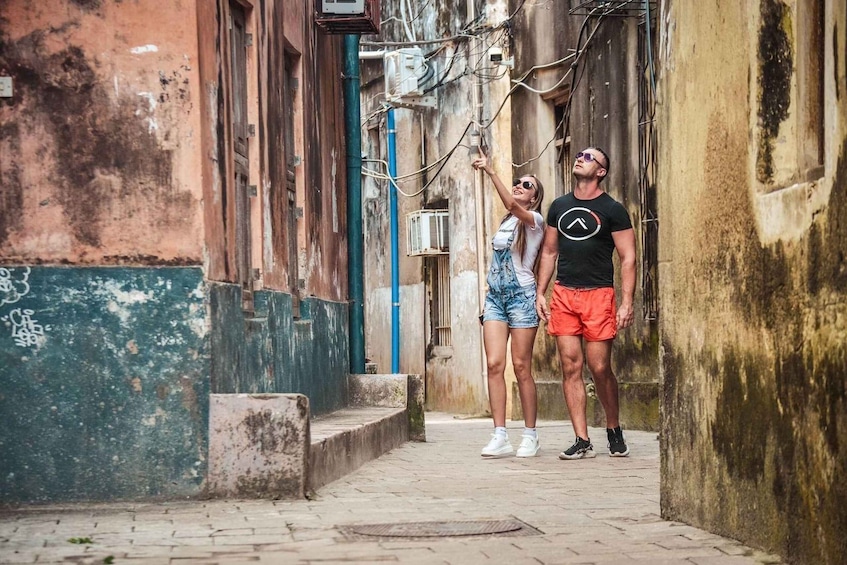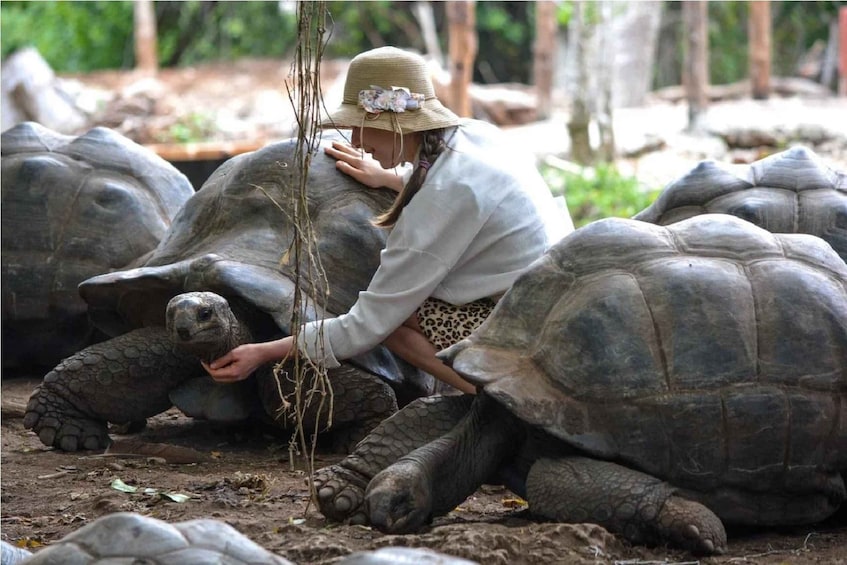Spice Farm
Your programme will start in the morning after breakfast at 9:30 you will be picked up from the hotel to the spice farm where you will explore and see different types of spices and how they grow up, and taste the seasonal fruits. Then you will be heading to Prison Island for excursions and then later head back to Stone Town for a city tour.
The Spice Tour is one of the most popular excursions in Zanzibar, the Spice Island. Zanzibar was one of the world’s leading producers of spices such as clove, nutmeg, and cinnamon. The tour takes you to an organic farm with a wide variety of plants around the year. You don’t just see, you also touch, smell, and taste.
Spices and herbs were originally introduced to Zanzibar by Portuguese traders in the 16th century, brought from their colonies in South America and India.
This tour is a walking tour of a spice farm (shamba). While there, you shall see how the spices, herbs, and fruits grow and are cultivated. Your tour guide will describe how the crops can be used.
You will be smelling and tasting spices, herbs, and tropical fruits such as clove, lemongrass, nutmeg, cinnamon, turmeric, vanilla, coconuts, papaya, chilli, black pepper, jackfruit, cardamom, cassava, and oranges. After the tour, you will enjoy a traditional Swahili lunch at the farm. Here is when you can taste the different ways of using spices.
Visit Prison Island (Changuu Island) where the giant tortoises are found relaxing on the beach shrubs. The Aldabra Giant Tortoise Sanctuary is a major tourist lure and the oldest tortoise is 200 years old. The turtles are not indigenous and are majestic creatures, weighing in at an average of 200 kg some are as old as over 100 years. You will enjoy a nature trail, then will do a stone town tour where you can see the historical sites, slave markets, daily markets, narrow streets, and later shopping.
See the historic capital city of Zanzibar is Stone Town, a prominent city with an impressive cultural heritage and history dating back to the 19th century. Zanzibar reflects a mixture of diverse cultural influences from Arabian, Indian, Persian, and European cultures, and was named a world heritage site by UNESCO in the year 2000.
